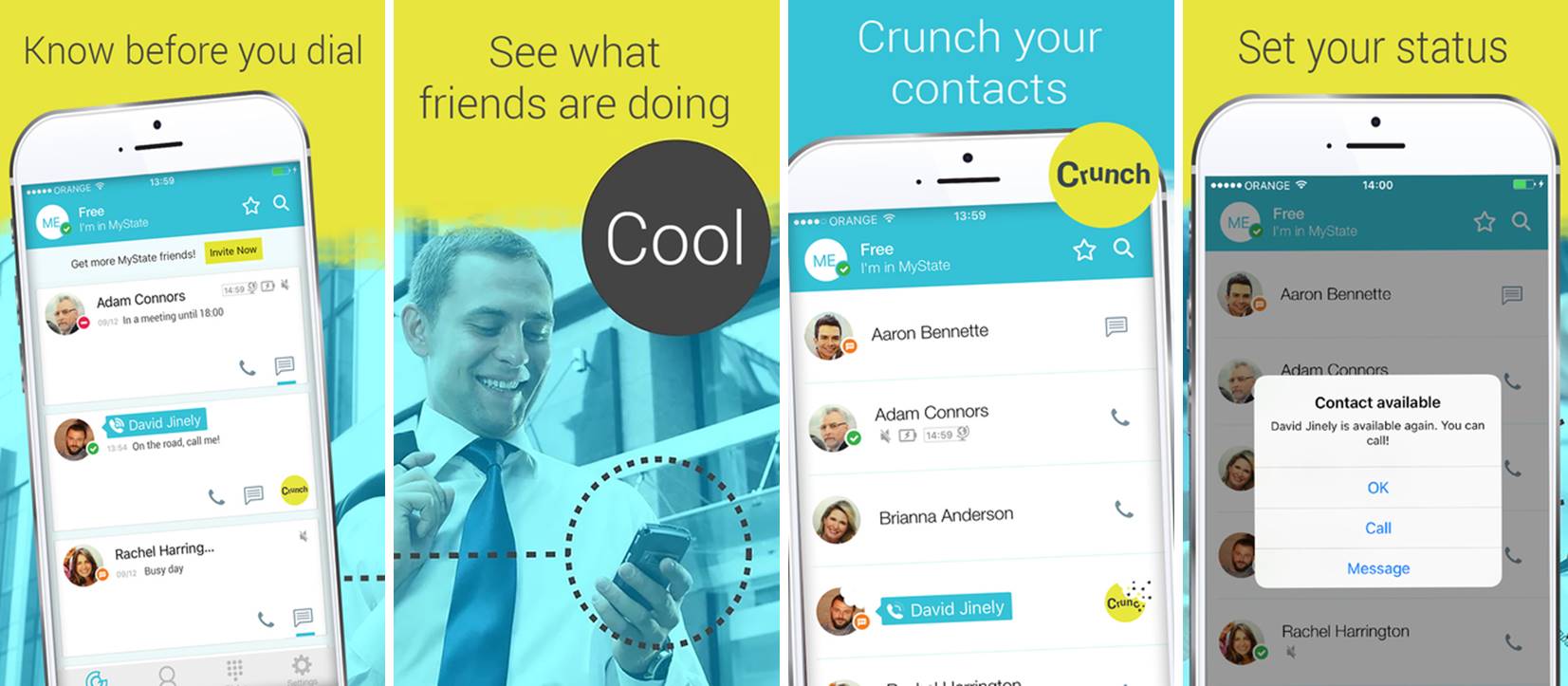Technology has come a long way since the days when you had to make plans on a landline hours in advance. Now you can call your friend from your cell phone – or more likely text them – and know instantaneously where they are and if they’re free.
Better yet (or not…): you can download apps that will tell you if they’re free without either of you speaking (or typing) a word to each other.
Free (listed as Freetime in the iOS app store) does just that. Advertised as the solution to large group messages about hanging out or posting on social media asking about people’s plans, it seemed pretty interesting. You post whether you’re free, flexible or busy using green, yellow or red smile emoticons, respectively, and when your friends do the same, everyone can figure out their plans.

Curious about how it actually worked, I enlisted some daring friends to try it with me. We played around with it for a week, letting each other know what we were up to and when we were free.
One big problem though, was that after the initial day of excitement wore off, people kept forgetting to update whether they were free or not. I can barely remember to check my email, let alone update an app to let my friends know that I’m free for lunch. The founders of Free thought of this and put an expiration date on statuses, but this only meant that my friends sporadically had blank statuses.
Free is most useful on the weekends or when people are looking to make plans. For example, on Saturday I hosted a party. I posted early in the day that I was having a party, and my friends responded, saying they were free and they were going to make it. Even then, though, not every friend I wanted to invite was on Free, meaning I still had to resort to the massive group message.
My friends and I also tried out MyState, an app that tracks activity on your phone to help friends see whether you’re on a call, your phone is on vibrate or whether your phone is low on battery before they try to contact you. Besides the fact that it seemed to work best with Android phones and perhaps not at all with iPhones, MyState was also a weird app that served little to no purpose with my friends.

There have been other apps like these that have tried to simplify hanging out and figuring out what your friends are up to (we wrote about another one called Sup), but all of them have been plagued by at least one of those two problems: not enough friends on it or not purposeful enough to encourage sustained usage.
Foursquare launched Swarm in 2014, allowing people to see where their friends are to potentially make it easier to make plans with them. However, it never caught fire because, as Jordan Crook at TechCrunch put it, there were too many notifications that people didn’t care about.
Before that, there was the now-dead TheWhoot, which functioned similarly to Free except it was more focused on making and executing plans in “real time”. You could “Ping” people who hadn’t said what their evening plans were, and it was easier than having to respond to a Facebook event a week in advance – you only told people what your plans were for that night. It disappeared at the end of 2012 and wasn’t a particularly wide success.
There was also Sonar, the kind of cool/kind of creepy app that introduced you to strangers based on your location and relevant interests. This died in 2013 after the creators parted ways to do their own (different) things.
I think this is the fact of the matter: no matter how easy these apps are to use, it will always be easier to just text your friends and let them know where you are. Free is a cool concept but not practical for everyday use, making the most sense on the weekends, and only being functional with deep adoption. Every year somebody tries a new spin on this concept, and none of them ever stick. Ironically enough, these companies don’t seem to take much notice of what’s going on around them.
I’ll stick to just calling and texting my friends the old fashioned way – until we can all just read each others minds.

